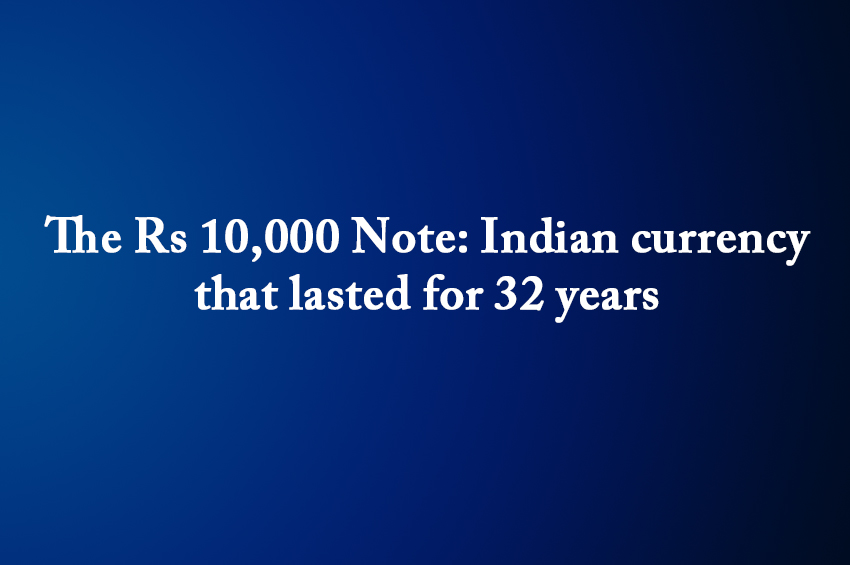Winning Bizness Desk
Mumbai. The Rs 10,000 note, once a prominent part of India's currency landscape, has been consigned to history. Its journey, spanning over four decades, was marked by periods of circulation and discontinuation, often influenced by economic and political factors. Introduced in 1938 by the British during the Second World War, the Rs 10,000 note was the highest denomination currency in India at the time. It was primarily used for large-scale business transactions and was a symbol of wealth and status. However, its existence was short-lived.
In 1946, the British government discontinued the Rs 10,000 note as a measure to curb black market activities and hoarding, which had become rampant during the war. Despite this, the note made a brief reappearance in 1954, coinciding with India's independence. It coexisted with the Rs 5,000 note, but both denominations remained primarily in the hands of the wealthy and black market operators. In 1978, Prime Minister Morarji Desai, in his efforts to combat black money, once again ordered the discontinuation of the Rs 5,000 and Rs 10,000 notes. The RBI data revealed that these high-value notes accounted for only 2% of the total cash circulation in 1976.
Then it never returned into currency system
The Rs 10,000 note never returned to the Indian currency system, leaving behind a legacy of its once-dominant status. Its journey, marked by periods of introduction and discontinuation, reflects the evolving economic and political landscape of India over the decades.
Additional Insights
- The Rs 10,000 note was printed by the Reserve Bank of India.
- It was the largest denomination currency ever circulated in India during its time.
- The decision to discontinue the note was primarily driven by concerns about black market activities and hoarding.
- Despite its high value, the Rs 10,000 note was not widely used by the common people.
- The note's history offers a glimpse into India's economic and political past.
Remains a fascinating relic of India's financial history
The Rs 10,000 note, while no longer in circulation, remains a fascinating relic of India's financial history. Its journey from introduction to discontinuation reflects the changing dynamics of the country's economy and the government's efforts to combat illicit financial activities..


